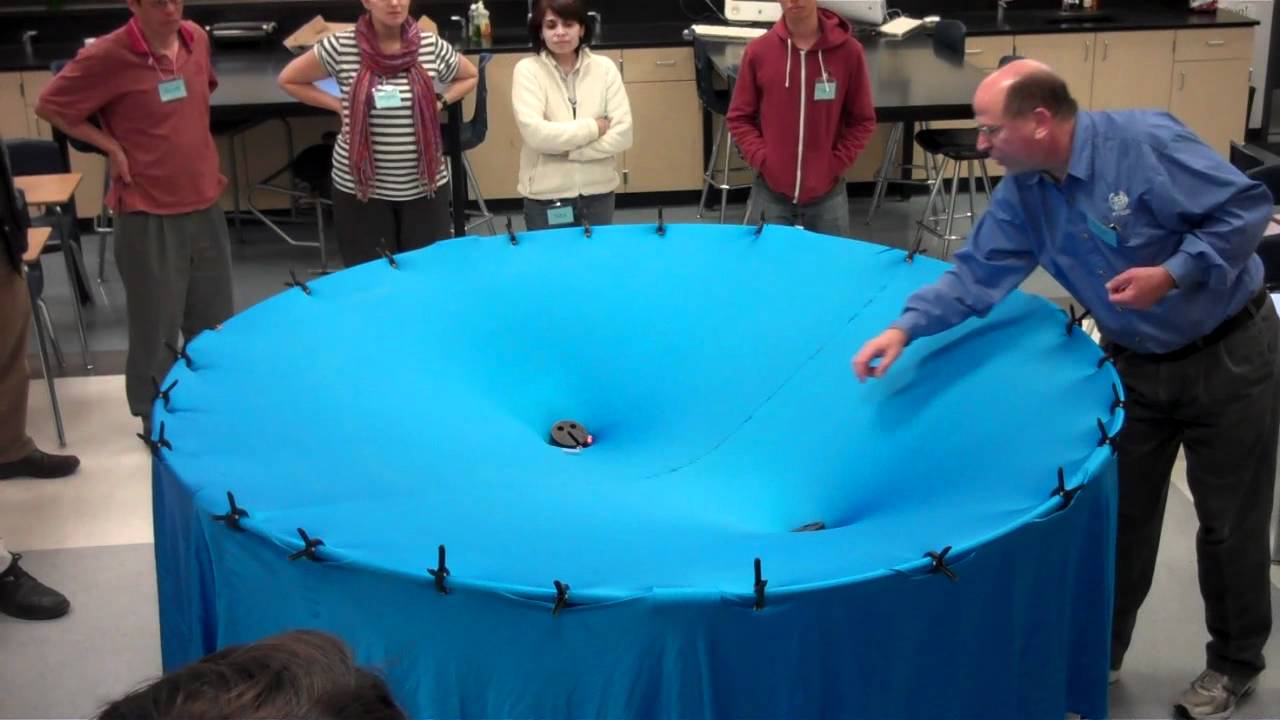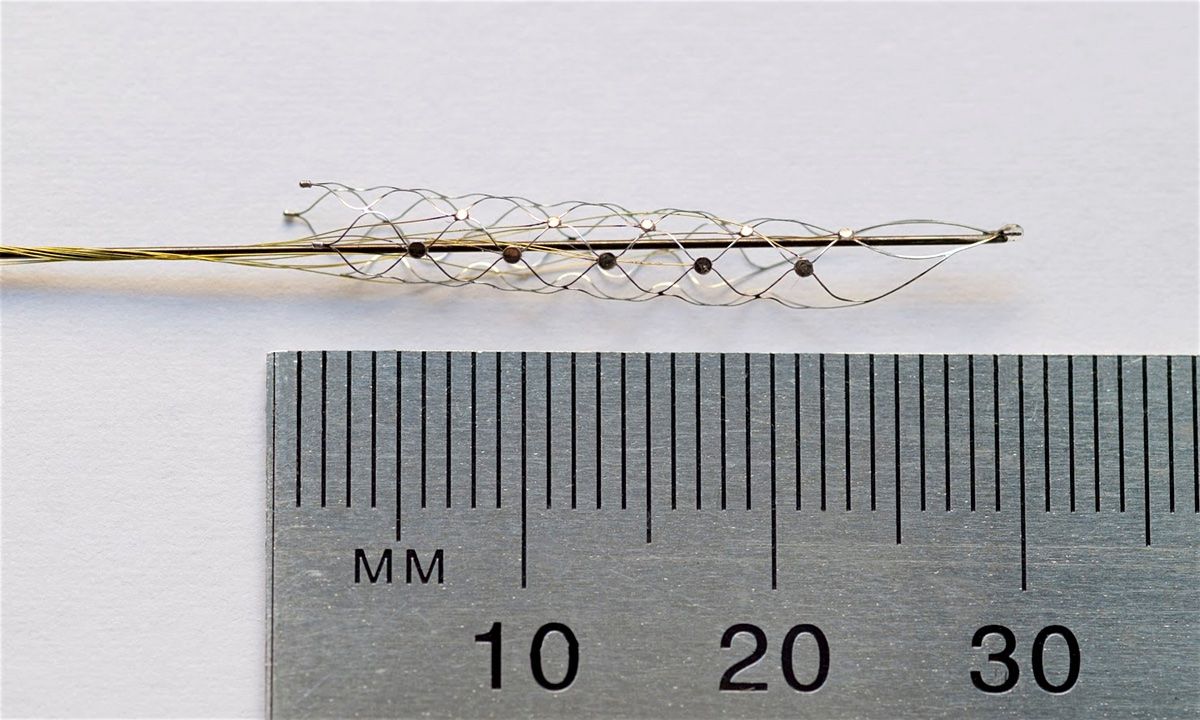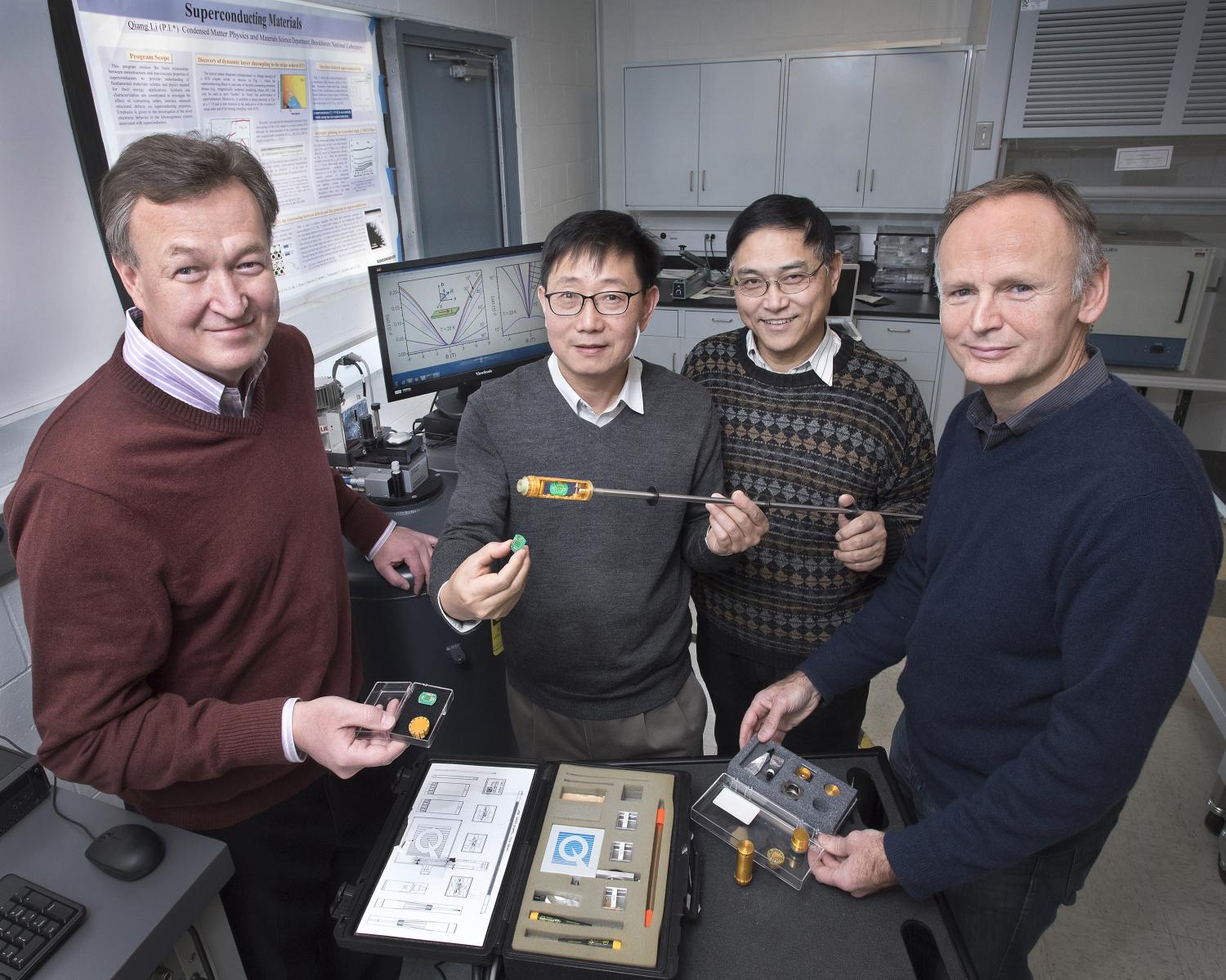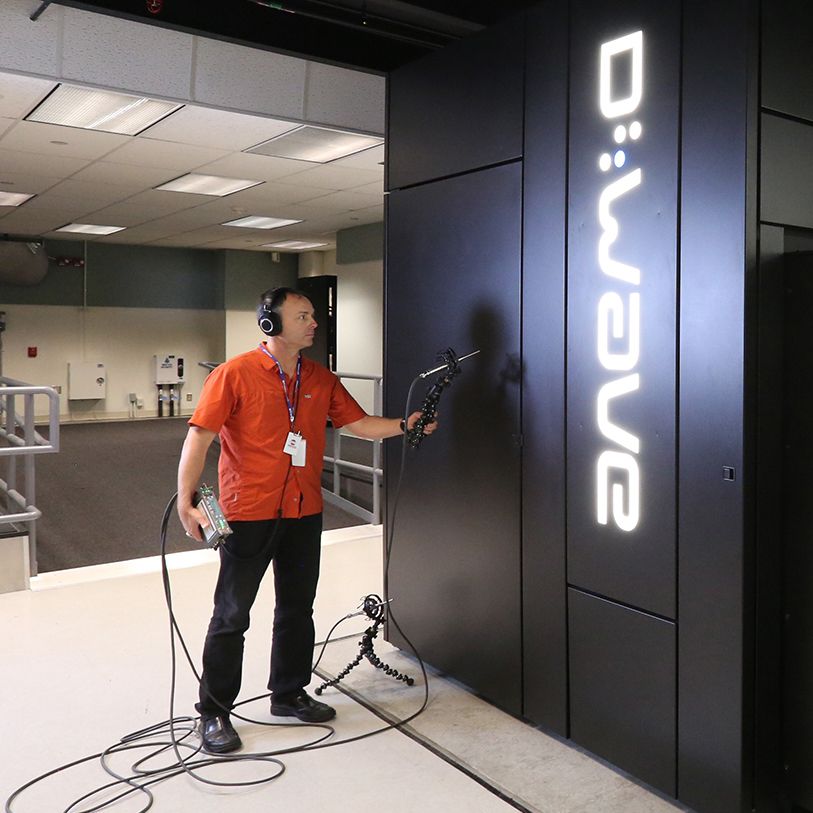Feb 8, 2016
A New AI Estimates Pollution From Crowdsourced Images
Posted by Sean Brazell in categories: environmental, information science, mobile phones, robotics/AI
Around the world, cities are choking on smog. But a new AI system plans to analyze just how bad the situation is by aggregating data from smartphone pictures captured far and wide across cities.
The project, called AirTick, has been developed by researchers from Nanyang Technological University in Singapore, reports New Scientist. The reasoning is pretty simple: Deploying air sensors isn’t cheap and takes a long time, so why not make use of the sensors that everyone has in their pocket?
The result is an app which allows people to report smog levels by uploading an image tagged with time and location. Then, a machine learning algorithm chews through the data and compares it against official air-quality measurements where it can. Over time, the team hopes the software will slowly be able to predict air quality from smartphone images alone.
















